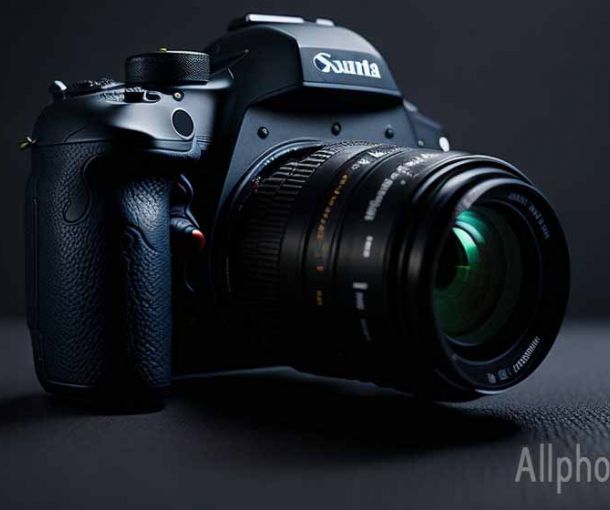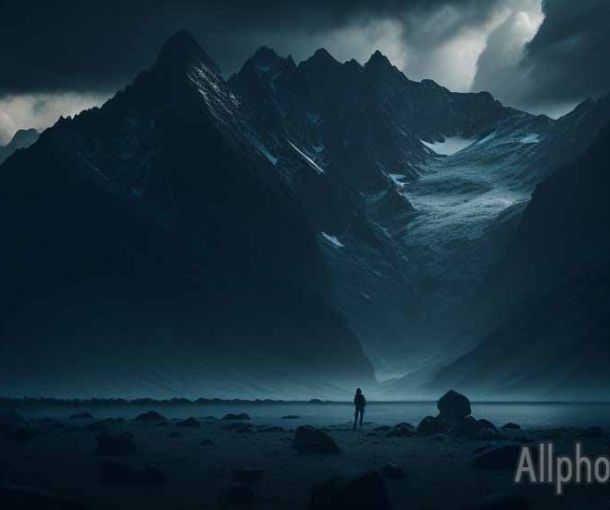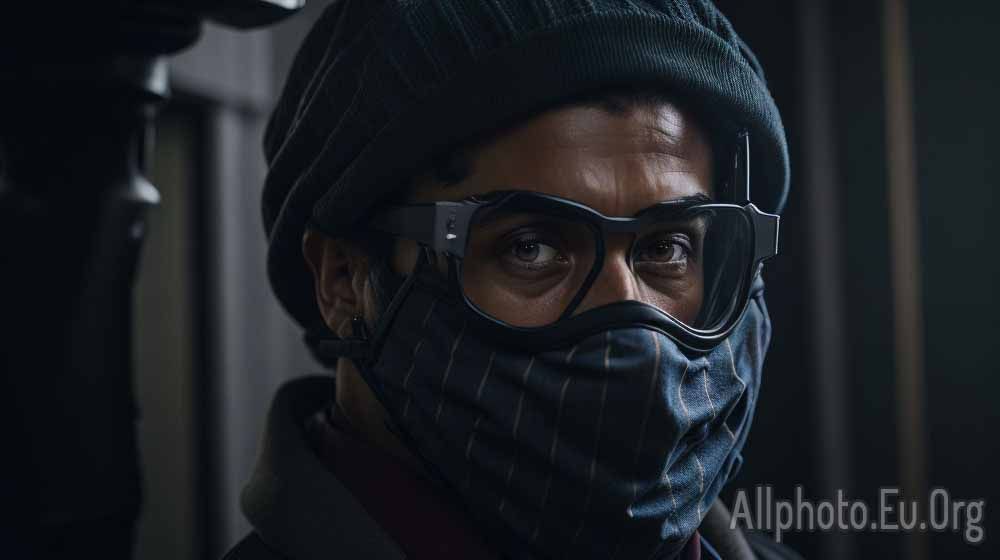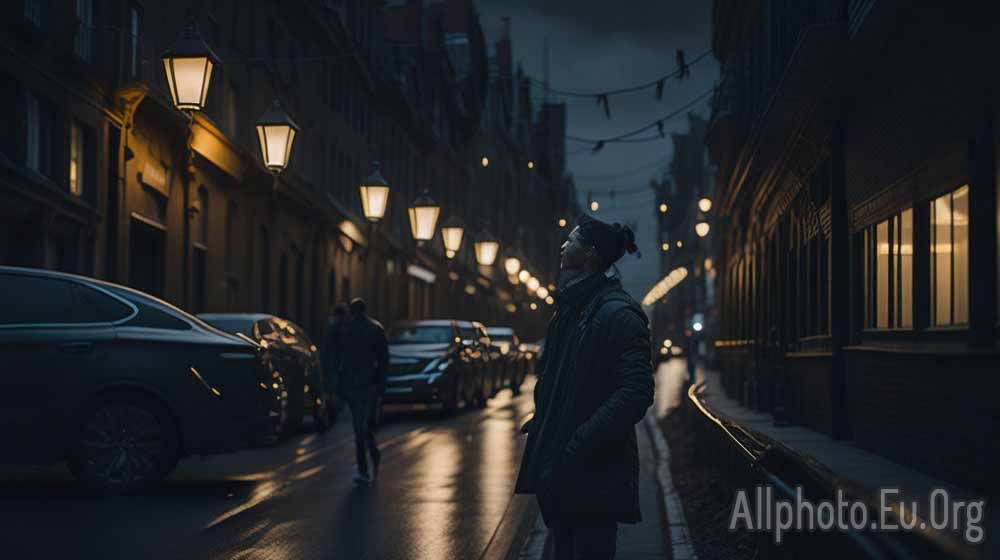The Art of Capturing Movement in Photography: How to Create Dynamic Images
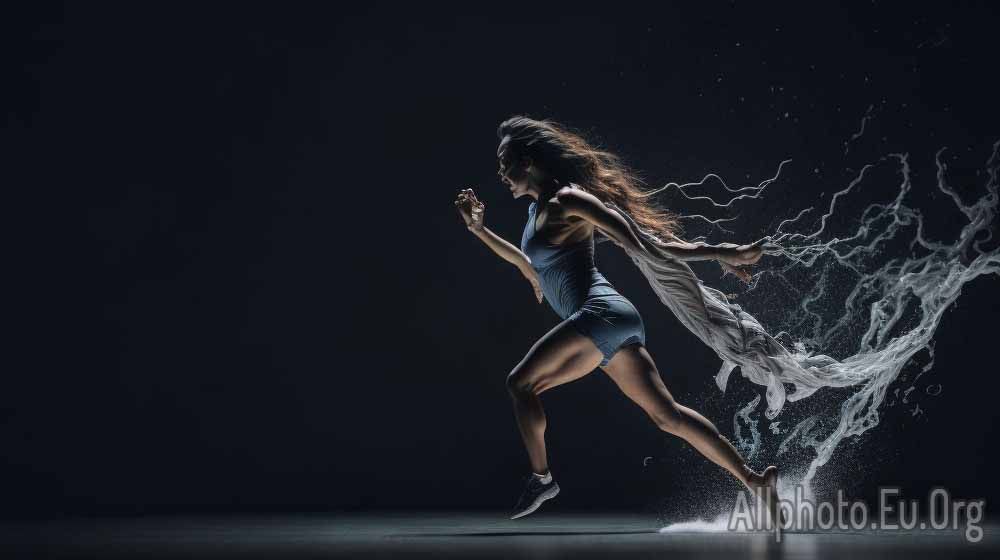
In photography, capturing movement is an art form that can create dynamic and visually interesting images. Whether you're photographing sports, dance, or wildlife, capturing motion can take your images to the next level. In this article, we'll discuss the art of capturing movement in photography and how to create dynamic images.
-
Use the right equipment
The first step in capturing motion is having the right equipment. A camera with a fast shutter speed and the ability to shoot in burst mode is crucial. A fast shutter speed is necessary to freeze the motion and prevent blur, while burst mode allows you to take multiple photos in quick succession, increasing your chances of getting the perfect shot.
A telephoto lens is also helpful when photographing movement, as it allows you to zoom in on the subject and capture details even from a distance. Additionally, a tripod or monopod can provide stability and reduce camera shake, which can cause blur.
-
Choose the right settings
In addition to having the right equipment, choosing the right camera settings is essential for capturing movement. A high shutter speed is necessary to freeze the motion, with a typical range between 1/500 and 1/1000 of a second. You may need to adjust your ISO and aperture settings to achieve the desired exposure while maintaining a fast shutter speed.
If you're photographing a moving subject, consider using continuous autofocus mode to keep the subject in focus as it moves. Additionally, setting your camera to burst mode can increase your chances of getting the perfect shot.
-
Consider the composition
Composition is an important factor in capturing movement in photography. Consider the direction of the motion and use leading lines or diagonals to guide the viewer's eye through the image. You can also experiment with framing the subject off-center to create a more dynamic composition.
Consider the background as well – a clean, uncluttered background can make the subject stand out and add to the overall impact of the image.
-
Experiment with different techniques
There are several techniques you can use to capture movement in photography, including panning, freezing, and motion blur.
Panning involves moving the camera along with the subject to create a sense of motion blur in the background while keeping the subject sharp. This technique works best with a slow shutter speed and requires practice and patience to perfect.
Freezing the motion is achieved with a fast shutter speed, which can capture the subject in mid-air or mid-motion. This technique is commonly used in sports photography.
Motion blur involves intentionally blurring the subject or background to create a sense of movement. This technique is achieved with a slow shutter speed and can add a sense of energy and excitement to the image.
-
Tell a story
Finally, capturing movement in photography is about telling a story. Consider the emotions and energy of the subject and use your composition and technique to convey that in the image. Whether you're capturing the grace and beauty of a dancer or the excitement and intensity of a sporting event, use your skills to create an image that tells a story and captures the moment.
-
Take advantage of natural light
Natural light can add depth and dimension to your photos, particularly when capturing movement. Consider the direction of the light source and use it to your advantage to create interesting shadows and highlights. Shooting during the golden hour, which is the time just after sunrise or just before sunset, can also add a warm and vibrant quality to your images.
-
Anticipate the moment
Capturing movement often involves anticipating the moment before it happens. This requires you to be familiar with your subject and the activity you're photographing. For example, if you're photographing a runner, you may need to anticipate when they'll hit their stride and be ready to capture the moment.
-
Edit your photos
Editing your photos can enhance the impact of your images and help you achieve your desired look. Consider adjusting the exposure, contrast, and saturation to bring out the details in your photos. You can also crop your images to emphasize the movement and create a more dynamic composition.
-
Learn from others
There are many talented photographers who specialize in capturing movement, and studying their work can inspire and teach you new techniques. Follow photographers on social media or attend exhibitions to see how they use different techniques to capture movement in their images.
-
Practice, practice, practice
Finally, like any art form, capturing movement in photography requires practice. Take your camera with you wherever you go, and look for opportunities to capture movement in your surroundings. The more you practice, the more comfortable you'll become with your equipment and the techniques involved in capturing movement.
-
Be patient
Capturing the perfect moment may take time and patience, particularly when photographing unpredictable subjects such as wildlife. Stay focused, be prepared, and wait for the right moment to capture the movement you want.
In conclusion, capturing movement in photography can add energy and excitement to your images. By using the right equipment, camera settings, composition, and technique, you can create dynamic and visually interesting photos that tell a story and capture the moment. With practice and experimentation, you can develop your skills and take your photography to the next level.
In summary, capturing movement in photography is an art that requires a combination of skills, techniques, and patience. By mastering the use of equipment, camera settings, composition, and editing, you can create visually stunning images that convey emotion and energy. Practicing and learning from others can also help you develop your skills and style as a photographer.
Tags
Latest Articles
Most Read
All Tags
Subscribe
Donate
Please consider supporting our efforts.
© 2023 All-Photo.Cf All rights reserved.



